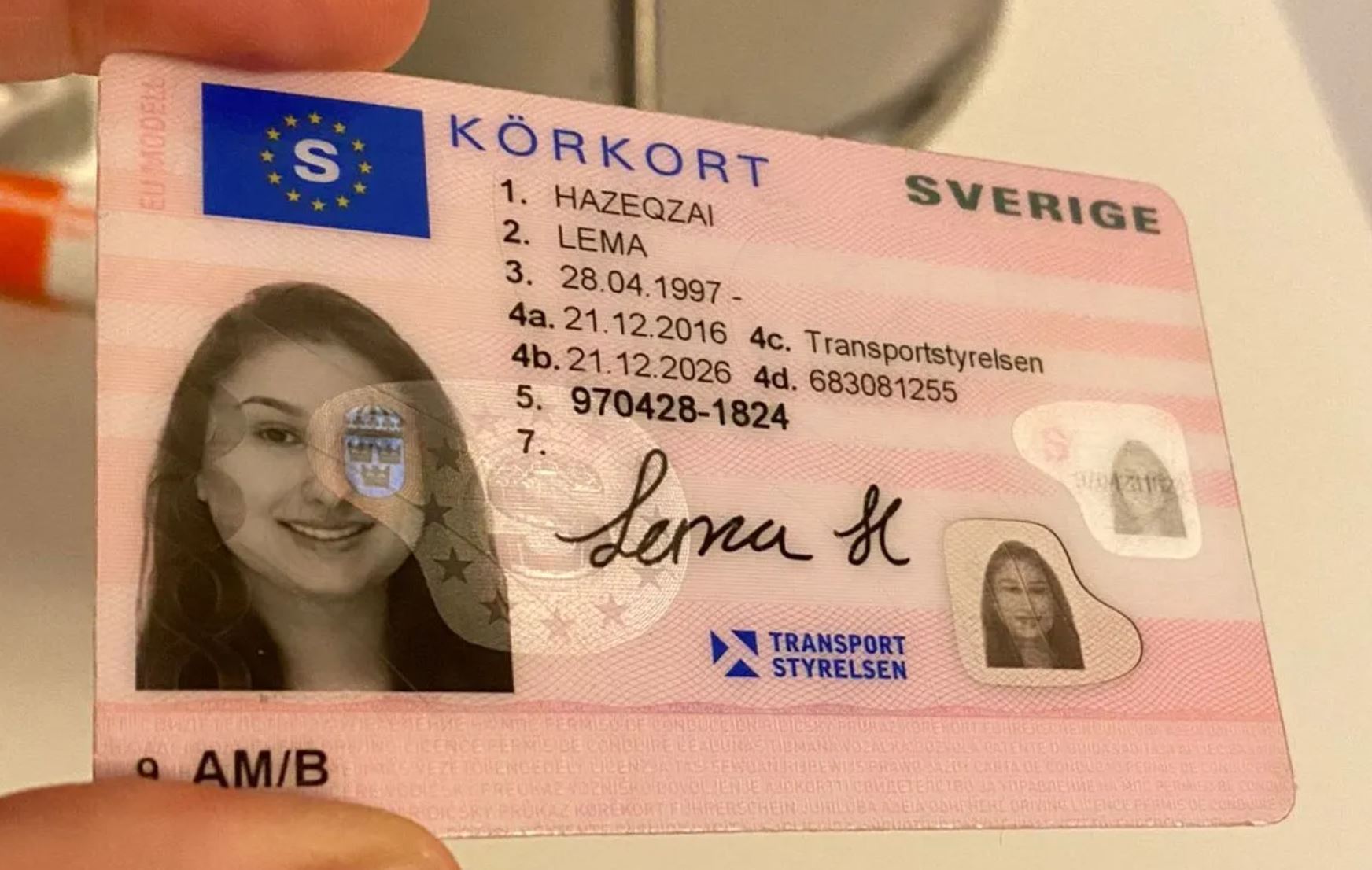Forget Driving License Id-Handling 2025: 10 Reasons That You No Longer Need It
Navigating the New Landscape of Driving License ID Handling in 2025
In every society, the driving license functions as a crucial document, not simply as a proof of the ability to operate an automobile however also as an identification tool. As we step into 2025, substantial changes have emerged regarding the handling and management of driving licenses, mainly influenced by advances in innovation, developing guidelines, and the need for enhanced security procedures. This post aims to provide a detailed overview of driving license ID handling in 2025, illuminating the technologies involved, the upcoming legal transformations, and supplying responses to typical inquiries.
The Transition to Digital Driving Licenses
One of the most notable improvements in driving license ID handling is the prevalent adoption of digital driving licenses. These digital licenses are kept electronically on smartphones, offering multiple conveniences to both motorists and authorities. In Köp Snabbt Körkort United States, for example, lots of states have actually started carrying out digital chauffeur's licenses, while countries such as Canada and the UK are anticipated to do the same quickly.
Secret Benefits of Digital Driving Licenses
- Convenience: Easily available on mobile phones, eliminating the requirement to bring physical copies.
- Enhanced Security: Incorporating biometric features and file encryption assists to combat identity theft and scams.
- Real-time Updates: Immediate updates to personal info, such as changes in address or status, improve accuracy.
Difficulties and Concerns
Regardless of the advantages, the transition to digital licenses provides obstacles, consisting of concerns about personal privacy, cybersecurity risks, and the digital divide affecting those without access to smart devices or the internet.
Changes in Regulatory Framework
As we head into 2025, a number of guidelines surrounding driving licenses have come under examination and change. Federal governments and regulative bodies are focusing on ensuring that driving licenses are safe and secure, valid, and provided in compliance with established laws.
Key Legislative Trends
Standardized ID Formats: Countries are moving towards a standardized format for driving licenses to streamline validation and improve security.
Increased Verification Procedures: Authorities are now utilizing advanced approaches such as facial recognition and AI to improve verification procedures at checkpoints.
Focus on Sustainability: With growing environmental issues, numerous states are selecting environment-friendly products for physical licenses and exploring robust digital alternatives.
Age and Identity Verification: Enhanced measures are being put in location to accurately validate the age and identity of drivers, especially in contexts where age-related laws apply to driving.
The Global Perspective: State-By-State Comparison
Country
Digital License Implementation
Current Regulations
Noteworthy Features
United States
Several states in development
Varies by state, efforts to unify formats
QR codes for simple validation
Canada
In pilot phases
Standardized identification throughout provinces
Combination with health IDs
United Kingdom
Early adoption stage
Focus on online renewal and info updates
Digital confirmation via the app
Australia
Under consideration
Significantly rigid recognition protocols
Focus on fraud prevention
The Role of Technology in ID Handling
Innovation is changing how driving licenses are managed. AI, blockchain, and biometrics are ending up being important to driving license issuance and confirmation.
Innovations Shaping the Future
Synthetic Intelligence: AI algorithms are now made use of for recognizing patterns in driving behaviors, which can notify insurance premiums and legal implications.
Blockchain Technology: Ensuring the stability and credibility of driving license data, blockchain technology permits for safe sharing of details between authorities without worry of tampering.
Biometrics: Increasingly, biometric systems are implemented at the point of issuance and verification, such as facial acknowledgment and fingerprint scanners, to guarantee protected identity confirmation.
Possible Impacts of Emerging Technologies
The execution of these technologies can result in enhanced reliability and security of driving IDs, however it raises questions about information privacy and user permission.
Frequently Asked Questions (FAQs)
1. What should I do if my digital driving license is lost or taken?
You ought to instantly report the loss or theft to your regional motor lorry firm. Most digital licenses have built-in functions to disable access from another location.
2. Are digital driving licenses accepted all over?
Since 2025, approval of digital licenses varies by area. It's encouraged to carry both digital and physical copies when traveling throughout state or national borders.
3. Can Köp Svenskt Körkort upgrade my information on a digital driving license?
Yes, updates can typically be made through the associated mobile application or website of the releasing authority.
4. What are the security procedures for digital licenses?
Digital licenses usually incorporate functions such as file encryption, two-factor authentication, and biometric confirmation to improve security.
5. How will conventional driving licenses be impacted?
The move towards digital licenses might minimize the issuance of physical licenses, however they will still be offered for those unable to gain access to digital choices.
As we advance into a new period in 2025, the handling of driving licenses is enhancing to fulfill the needs of modern society. Through technological developments and regulative reforms, individuals can expect a more protected, efficient, and structured procedure for obtaining and handling their driving licenses. Nevertheless, as digital solutions multiply, it remains vital to address challenges relating to personal privacy, security, and availability, guaranteeing equitable roadway access for all drivers while safeguarding individual info. As federal governments around the world continue to adapt to these modifications, the future of driving license ID handling is set to be both dynamic and transformative.
